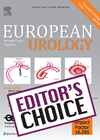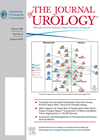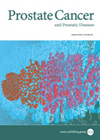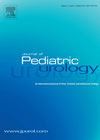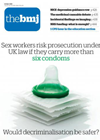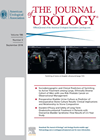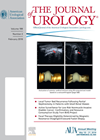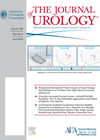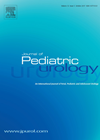
Journal Reviews archive for 2018
Repeat transurethral resection in non-muscle invasive bladder cancer
The authors felt this is a big problem because there is no standardised practice on re-resection following initial transurethral resection of bladder tumour (TURBT). Getting detrusor muscle in the first specimen is thought to be important. However muscle is not...
Does stable or decreasing hydronephrosis on ultrasound lead to stable or improved function on diuretic renography?
Antenatal hydronephrosis is noted in approximately 1% of all pregnancies. Persistent renal obstruction may lead to progressive loss of renal function. Renal ultrasound (USS) is the preferred modality for diagnosis and monitoring of paediatric hydronephrosis as it is non-invasive, non-ionising,...
Indication to pelvic lymph nodes dissection for prostate cancer
This paper explored the role of multiparametric MRI (mpMRI) in predicting the likelihood of lymph node invasion in patients with a risk of <5% according to the Briganti nomogram. Three hundred and ten patients who underwent a preoperative mpMRI and...
Endoscopic injection of bulking agent for recurrent paediatric epididymitis
Paediatric recurrent epididymitis is frequently observed in several urogenital conditions, and may result in deterioration of long-term fertility. The management of recurrent epididymitis is still a therapeutic challenge for paediatric urologists, and as yet there is no consensus for treatment....
Incidental findings on modern imaging
Incidentalomas can be defined in a variety of ways: 1) Imaging abnormality in a healthy, asymptomatic patient; 2) Imaging abnormality not related to a patient’s symptoms or the organs in question; 3) Findings discovered by chance which can potentially affect...
Redo orchidopexy
Cryptorchidism, or the undescended testis, is perhaps the most common genital anomaly in males. Historical success rates are approximately 90% depending on the preoperative location and technique used. Iatrogenic cryptorchidism can also occur in up to 2% of cases following...
Local tumour bed recurrence following partial nephrectomy
In this interesting retrospective study, the authors looked at the incidence of local tumour bed recurrence after partial nephrectomy (PN), the factors associated with that, and the management. A total of 2,271 patients’ charts were reviewed who underwent partial nephrectomies...
Should we let sleeping children lie?
Alarm therapy (AT) is a first line-treatment for nocturnal enuresis (NE) conditioning the child to wake in response to an auditory stimulus when wetting begins. It is currently unclear whether waking children and guiding them to urinate when the alarm...
Bladder debris on ultrasound as a predictor for positive urine culture
One of the common ultrasound findings in children who undergo renal tract evaluation is ‘debris in the bladder’. The aetiology of bladder debris is varied and the likelihood that urinary debris represents positive urine culture is debatable. The authors of...
Upper pole access is safe and effective for paediatric percutaneous nephrolithotomy
Upper pole access for percutaneous nephrolithotomy (PCNL) provides a straight access tract to the ureter with easier placement of a guidewire, good exposure of the pelvis and upper ureter, and comfortable manipulations for the treatment of staghorn, large upper caliceal,...
Characteristics of testicular tumours in prepubertal children
It is well known that testicular tumours in children occur in one of two peaks. Firstly, in the first four years of life where a third to half of these tumours are benign and secondly during puberty where there is...
Is surgical antibiotic prophylaxis necessary for paediatric orchiopexy?
With the rise of resistant organisms to most commonly used antibiotics, there is a plea for judicious use of antibiotics, especially for clean surgical procedures. Potential adverse events associated with antibiotic use include allergic reaction (including anaphylaxis), clostridium difficile infection,...

